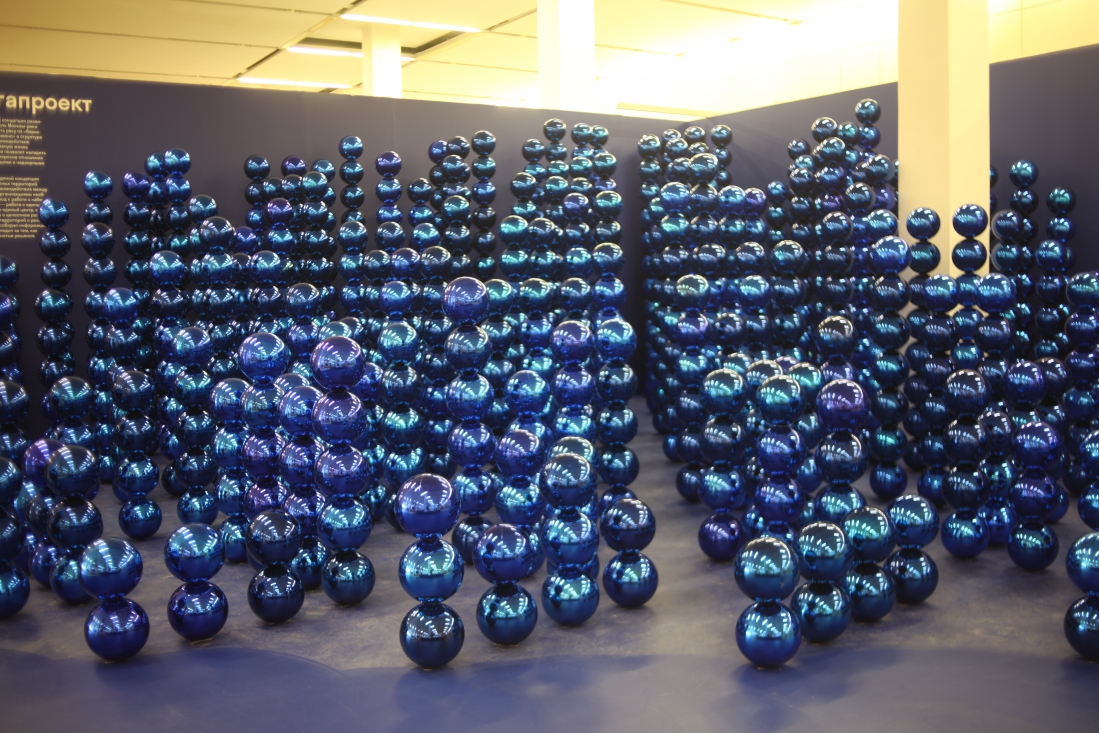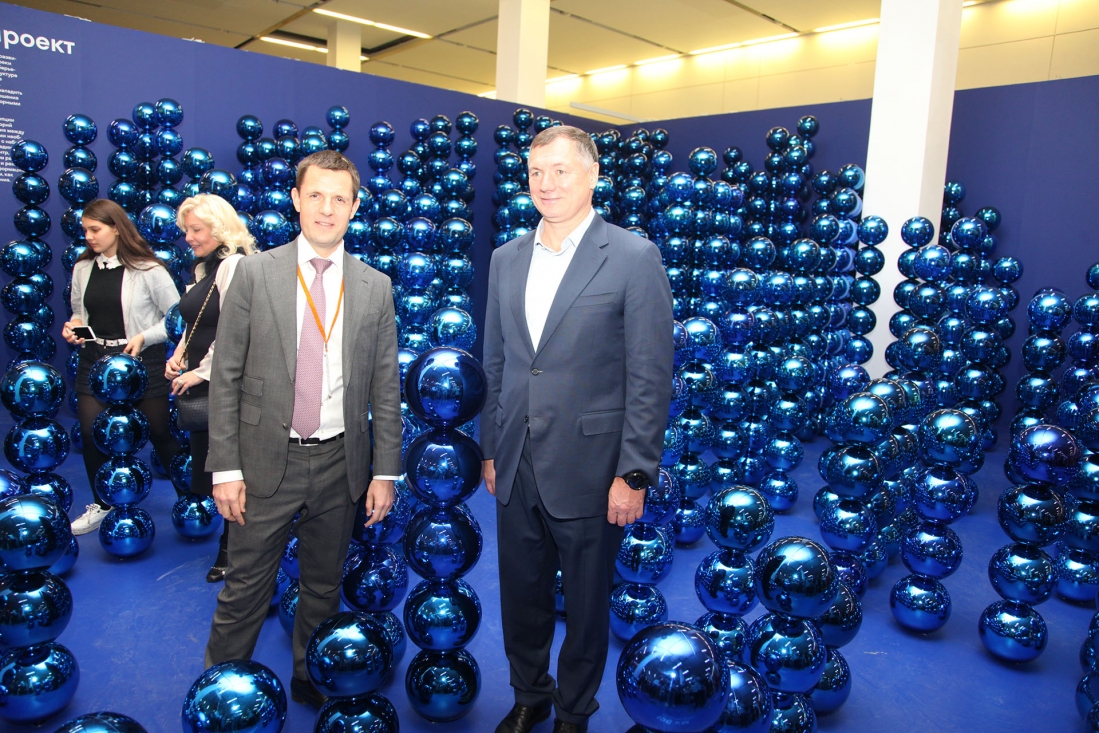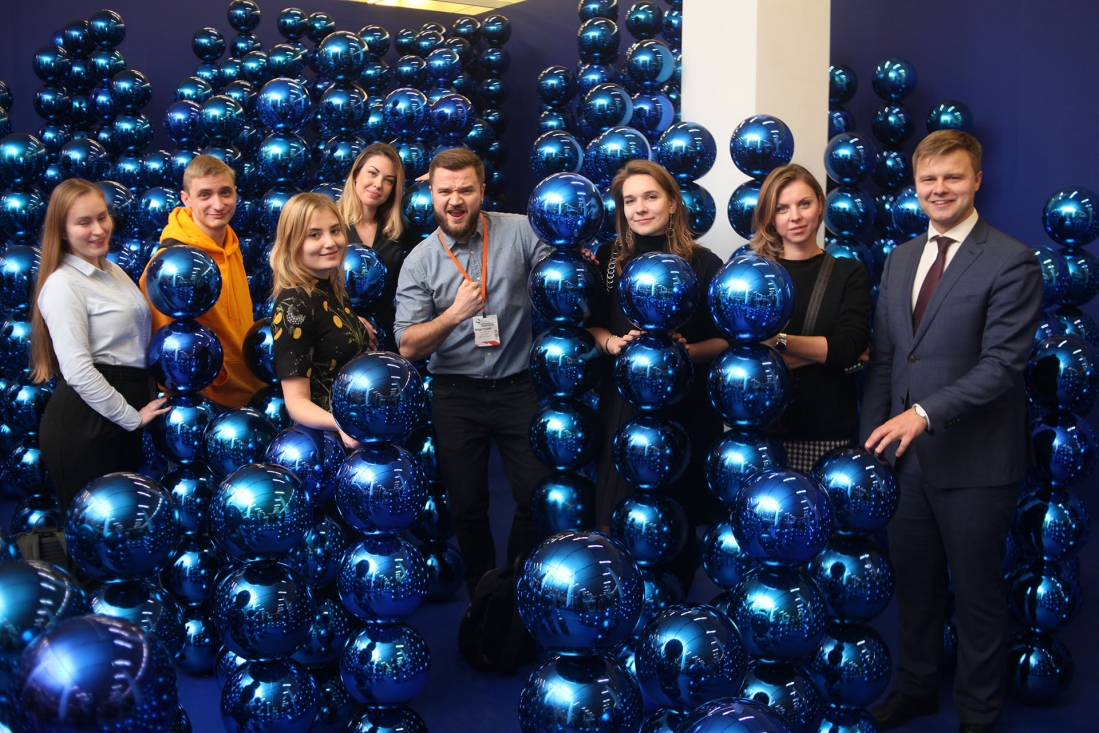Experts talked about the Moskva River megaproject
Within the framework of the International Festival of Architecture Zodchestvo, experts tried to answer many questions about the future of the Moskva River. By now, 59.6 km of Moscow embankments have been reconstructed, proposals for the improvement and reconstruction of another 69 km are currently being discussed.
Historically, the areas adjacent to the Moskva River have been underdeveloped, there was one period worth mentioning when a lot of work was done both on the embankments and with floodgates in the river within the city limits – the time of construction of the Moskva-Volga canal. As a result, we ended up with abandoned zones, garages, partially residential and commercial buildings along the banks. Moscow authorities are now trying to turn the situation around. A new program has been launched to integrate these areas in the life of the city, and in the following years, Moscow residents and guests will see its results.
In 2014, an international competition for the concept of the areas adjacent to the Moskva River was launched. Since 2015, the winning concept by the Meganom has been underway, supervised by Yuri Grigoryan.
“The concept as a whole offered several steps of the river development, which we considered, and the areas where it was important to emphasize the presence of the river in the city: architectural, landscaping, transport, and environmental. As of today, plans for the development of about 24.5 km of embankments have been included in the Targeted Investment Program of Moscow by the end of 2020. It includes either design or construction,” explained the chief architect of Moscow, Sergey Kuznetsov, pointing out that the total length of the embankments in Moscow is about 196 km.
So far, 59.6 km of embankments have been reconstructed; proposals for the improvement and reconstruction of another 69 km are being discussed.
“We propose 14 points of active development and growth on the banks of the Moskva River. The total area of these territory is about 706.5 hectares. We hope that the thorough analysis and expertise will lead to a positive result, we will implement the idea of turning the Moskva River into the central urban axis, which will be accessible, interesting from the point of view of public design and transportation. We are looking forward to regular transport links in at least the central part of it: from Mnevniki to the Kolomna floodgate. However, our future plans are even more ambitious,” said Sergey Kuznetsov.
Here is the opinion of Aleksey Mityaev, an adviser to the head of the Department of Transport and Road Infrastructure Development of Moscow: “We have a tourist traffic: mainly recreational motor boats. We decided to envisage the use of the river as a transport route.”
According to Mityaev, the first transport routes may go from Mnevniki to Filevsky Park. Many residential complexes are being built in this area, close to the river itself and to the Moscow City business center. “We are planning to run boats with a capacity from 50 to 100 passengers with an interval of 4-5 minutes. According to our estimates, they will be able to carry about 1,500 passengers per hour. We want each complex to have its own pier, from where one can easily get to the Kievskiy Railway Station, the City or to Filevsky Park.”
The projects of this route are being discussed with the expert team of the Moscow Architecture Committee. “We analyze not only the transport component, but also the factors of location, construction or reconstruction of the berths,” said Alexey Mityaev.
Notably, the traffic on the Moskva River has already increased significantly. It means not only an increase in the watercraft traffic, but also an expansion of the pool of owners. “The 42 berths, which we service, were also handed over to us by the North River Terminal. The traffic on the river has increased dramatically: today it is 110-120 on route boats. We also have many ideas on the upgrade of the berths and of the safety system,” said Artur Ladzin, deputy head of the city transport authority.
In terms of landscaping, Denis Kusenkov, head of landscaping company ARTEZA, proposed to identify four main types of embankments. “The first is adjacent to the city landmarks, such as the Fomenko Theater. The second is an embankment embedded between buildings, with a narrow design section. The third is next to the new residential complexes, where there is a lot of space. And finally, the fourth is close to the green areas and has the respective restrictions,” said the architect.
In each case, the designers made their proposals: the embankment near the theater could become an outdoor stage, narrow sections can be integrated into residential buildings as much as possible, with piers and pontoon embankments; in the restricted nature areas it was proposed to use only natural materials and to preserve natural resources.
“The designed segments are joined into a long linear park. On each of the sites we are trying to create standard areas for pedestrians, cyclists and runners, separated by landscaping. But the main idea is to make each embankment special, to make the river colorful and attractive to the eye,” said Denis Kusenkov.
The next stage, according to him, is the integration of these embankments with the adjacent infrastructure, coordination of projects with the city authorities and residents.
Dina Sattarova, director of the Institute of Urban Planning of Moscow, said that when developing the basic concept, special attention was paid to such indicators as permeability, identifiability, and involvement in the scenario of the nearby neighborhoods. The urban planners analyzed the international experience of creating embankments, in particular, on the navigable East River passage in New York. Moreover, a there has been a survey among 6 thousand respondents: people who live close to the Moskva River.
Dmitry Lisitsin, head of the integrated design department of Moskapstroy JSC, in turn, outlined the issues of embankment development projects. “Before Moskapstroy entered the site, a lot of work had already been done. Today we can single out the following problem: first, the need to link the embankments with the existing and new transport infrastructure, which is quite diverse: railways, roads, metro, and waterways. Then comes the study of town planning restrictions, as well as the construction of residential complexes along the river. In addition, there is a need to restructure the engineering networks, reinforcement of the banks, compliance with the restrictions of the environmental protection zones,” said Lisitsin.
The projects are gradually being completed, both in the city center, for example, the focus area in the Zaryadye park, connecting Red Square with the river, and on the periphery. A mile long new embankment has been built in Nagatinsky Zaton, while Donstroy company is landscaping the area around the complex Serdtse Stolitsy.
“In Moscow, we have pedestrian embankments and road-covered ones where redesigning and expansion of sidewalks is possible. Those closer to the parks have an advantage. This year, the Park of the 850th anniversary of Moscow has been completed in the Marino area. A large biathlon complex with a shooting range was created here, every day hundreds of people visit it. For 2019, we planned projects on Kapotnya, Kadashevskaya and Ozerkovskaya Embankments, etc.,” said Nikolay Fionov, Head of the Office for Urban Environment Development of the Moscow Capital Repair Department.
Yuri Grigoryan, unlike his colleagues, highlighted the very core of the task rather than the design solutions: “For some reason, we are ignoring the rights of the river itself. What is good for it? Our project, presented at the competition in 2014, took this idea into consideration. First, discuss, and then build. This is how the project “Friends of the Moskva River” was conceived: it’s about the fact that the river can unite urban communities. By communities I mean boat owners, residents of the areas around the river and all Moscow residents in general.”
His opinion was endorsed by the head of the ABTB studio Timur Bashkayev: “We should not just talk about how much we like the river. We have to be real friends — people ready to give. Any integration in terms of transportation, landscaping, and environment ecology is worth the time and money. The river needs friends ready to sacrifice their resources, so that in the end we will get a project excellent on all levels.
The meeting was moderated by Peter Kudryavtsev, a partner of Citymakers.
The stand of the Moscow City Architecture Committee at the festival “Zodchestvo-2018” was dedicated to the theme of the river. The curator was the chief architect of Moscow, Sergey Kuznetsov, the program and design of the stand was developed by Citymakers, co-authors of the Zaryadye park project and the concept of the EMA temporary cluster. The project was supported by Stroytex Group, the information partner of the stand is the portal of the Archcouncil of Moscow.
- Tags:
- Moskva River









